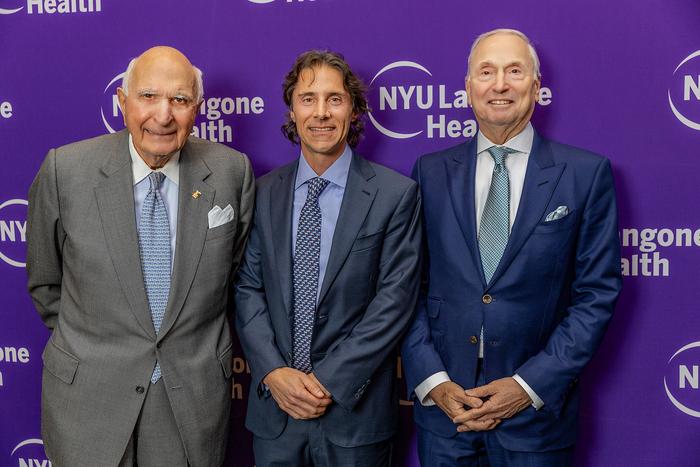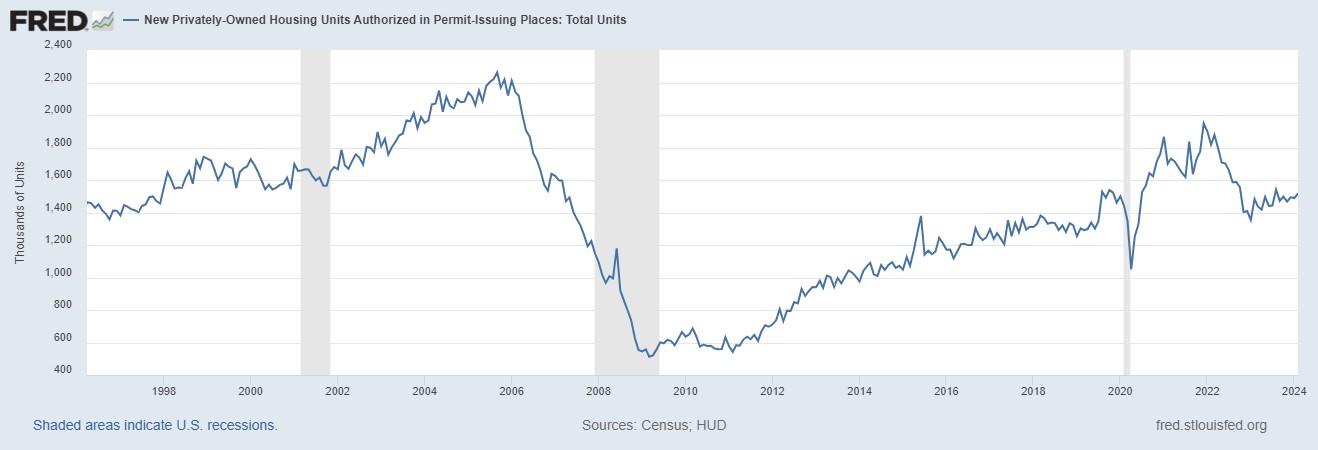NYU Langone Health has received a $15 million gift from innovators and philanthropists Wayne G. Holman, MD, and Wendy Holman to further elevate the world-class treatment and study of endocrine disorders in the newly named and endowed Holman Division of Endocrinology, Diabetes & Metabolism.
“Wayne and Wendy’s generosity in this important area of medicine will help NYU Langone further enhance our exceptional research, education and clinical care within the Holman Division of Endocrinology, Diabetes & Metabolism,” said Robert I. Grossman, MD, dean and CEO, NYU Langone. “NYU Langone has a rich history of developing novel treatment options to provide superior outcomes for the most complex cases, and thanks to this endowment, we can sustain these efforts over time.”
“This impactful gift will propel the division into its next phase of growth by establishing new translational research, clinical trials, academic forums, and advancing clinical care, among other initiatives,” said Steven Abramson, MD, Frederick H. King Professor of Internal Medicine and chair of the Department of Medicine at NYU Grossman School of Medicine. “I am excited for the medical advances that will undoubtedly come about because of the Holmans’ deep investment.”
The Holman Division of Endocrinology, Diabetes, & Metabolism, part of the Department of Medicine at NYU Grossman School of Medicine, is among the best in the country, ranked No. 2 U.S. News & World Report’s specialty rankings for 2023-24. The division’s robust research program has made major contributions to the studies of diabetes care, thyroid disease, obesity, neuroendocrinology, lipid disorders, and bone health.
Dr. Holman was recently elected to NYU Langone’s Board of Trustees. His gift is the largest ever given to the NYU Grossman School of Medicine by an alumnus.
“NYU Langone and its medical school gave me the gifts of knowledge, experience, and lifelong friendships. Wendy and I are happy to give back by supporting the dedicated and innovative researchers, physicians, and caregivers in the Holman Division of Endocrinology, Metabolism, and Diabetes who care for patients and advance work toward new treatments and cures,” said Dr. Holman. “We look forward to the achievements. Many thanks to those working so hard on these endeavors.”
For more than 18 years, Dr. Holman has served as founder and CEO of Ridgeback Capital, a private investment firm focusing on the life sciences. Dr. Holman’s work at Ridgeback Capital has provided funding to companies that have developed medicines for various cancers, infectious diseases, rare pediatric diseases, and more. In 2016, the Holmans founded Ridgeback Biotherapeutics, a biotech company focused on developing life-saving medications to treat diseases with limited or no treatment options. Ridgeback Biotherapeutics has brought two medicines—for Ebola and COVID-19—to regulatory approvals around the world. For decades, Dr. Holman and Mrs. Holman have leveraged their own success to help vulnerable populations, facilitating drug research and development at over a hundred biopharmaceutical companies.
“Wayne and I are happy to support advancements in collaboration with NYU Langone that will have a tangible positive effect on health and alleviate human suffering,” said Mrs. Holman. “We are confident the division will continue to make a significant impact on the field and benefit countless individuals, and we are proud to be part of that.”
“Wendy and Wayne are people who have dedicated every aspect of their lives to helping others. They see NYU Langone as an institution with the ability to magnify every dollar, and through which they can have exponential impact,” said Kenneth G. Langone, chair of the NYU Langone Board of Trustees. “And they’re right.”
Media Inquiries
Katie Ullman
Phone: 646-483-3984
Kathryn.ullman@nyulangone.org












































